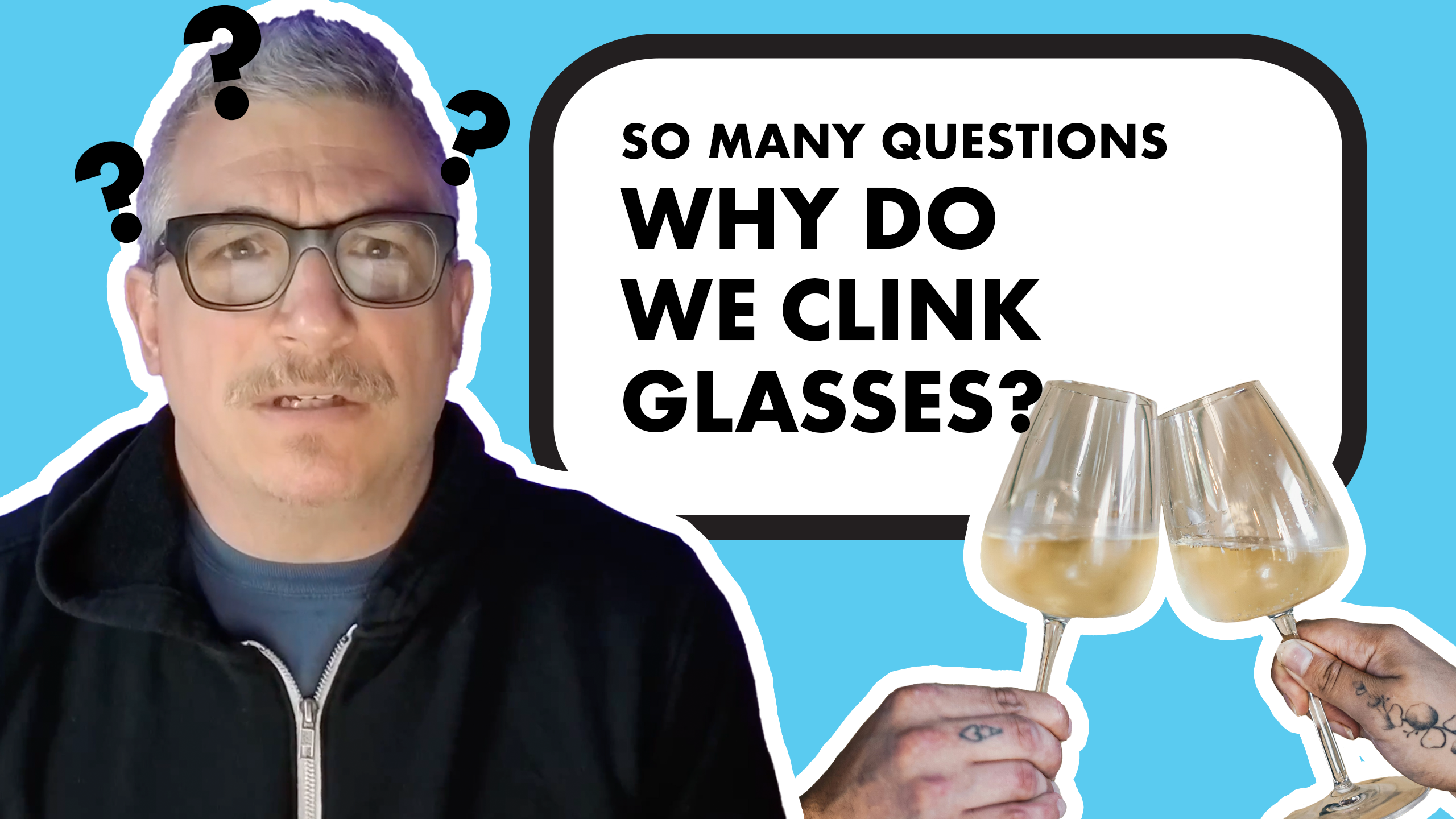What does long in the tooth mean?
Oct 4, 2025
available on:
Transcript:
I have a question… When someone says that something is long in the tooth, what does that mean?
It means that it’s getting old, but that sure paints a strange picture. Where does it come from? The short answer is horses. The longer answer is a tour through horse trading, Victorian novels, and a tiny groove that fooled a lot of people for a long time. Let’s get into it. If you were buying a horse and you couldn’t get your hands on the Carfax report and it didn’t come with a certified pre-owned warranty, you looked in its mouth.
Horse teeth tell stories about their age. Horses have hypsodent teeth, which means their teeth have long crowns and keep growing or erupting slowly throughout their life to replace their constant wear from grazing. That steady growth makes more tooth surface visible, and with age, the angle and the shape of the incisor teeth change. We’ll pretend to be experienced horse traders, so of course we know that an older horse can look like it has longer teeth. But there’s more.
As horses age, the gums and supporting tissues can recede, which also exposes more of the tooth. So both continuous growth of the teeth and some recession of the gums can make a horse mouth look older. In the early days of Los Angeles, there were many veterinarians who specialized in teeth filing and horse gum collagen implants. Well, okay, that’s not true, but looking in the mouth did become a quick, if imperfect, age check.
How imperfect?
Modern veterinary sources caution that aging by teeth is only approximate. The famous marker, called Galvane’s groove, which appears in the upper corner incisor around age 10, progresses downward by age 20, is now considered unreliable on its own. A study of hundreds of thoroughbreds found several traditional dental signs including Galvane’s groove, did not correlate tightly with the true age of the horse. So being long in the tooth is more anecdotal than authoritative.
How did this equine indicator become an English idiom?
English speakers were already used to reading mouths. Another old saying, don’t look a gift horse in the mouth, warns you to not inspect a present for flaws, and it has roots that go back at least to John Haywood’s 1546 proverb collection in English, and even to a Latin version attributed to Saint Jerome. The common thread is age and value judged by horse teeth.
Long in the Tooth itself seems to arrive in the 1800s. The Oxford English Dictionary records the idiomatic sense from the 1840s, and in 1852 William Makepeace Thackeray uses it memorably in the history of Henry Esmond. Describing a middle-aged cousin, he writes that she was lean and yellow and long in the tooth.
That is a leap from horses to people and and also a window into the era’s casual ageism sexism.
Etymologists connect the expression to the horse trader’s habit of reading age by mouth, not because human teeth literally grow long with age, but because the equine image was vivid and familiar.
The idiom can be traced to this practice and it dates its rise in the 19th century, which aligns with the literary evidence we just discussed. If you want the nuts and bolts of why a horse’s smile changes over time, here’s the quick version. Horses’ teeth erupt about two to three millimeters of tooth per year to compensate for wear. The chewing surfaces change shape as enamel, dentin, and cementum wear at different rates. With age, the incisors tilt, becoming more angled, and certain markings, like dental stars and galvanes groove, appear. Charts and posters often show the famous galvanes groove creeping down the tooth by 20 and fading by 30. Vets now treat those charts as rough guides. But the broad pattern is real, real enough to have powered a metaphor for centuries now. Idioms survive because they do a job. Long in the Tooth packs a picture in four words. You can apply it to an athlete, a software library, or an old coffee maker that still refuses to die. It signals age and a hint of obsolescence. So the next time says a band, a phone, or a person is Long in the Tooth.
You can picture a horse trader opening a horse’s mouth, scanning those teeth for clues, and making a guess. It’s a snapshot from the stable that wandered into our speech and has stayed there.
If you like answers to questions like this, subscribe to this channel and check out the full So Many Questions podcast. Be sure and like and subscribe.

